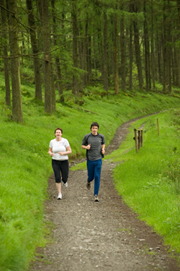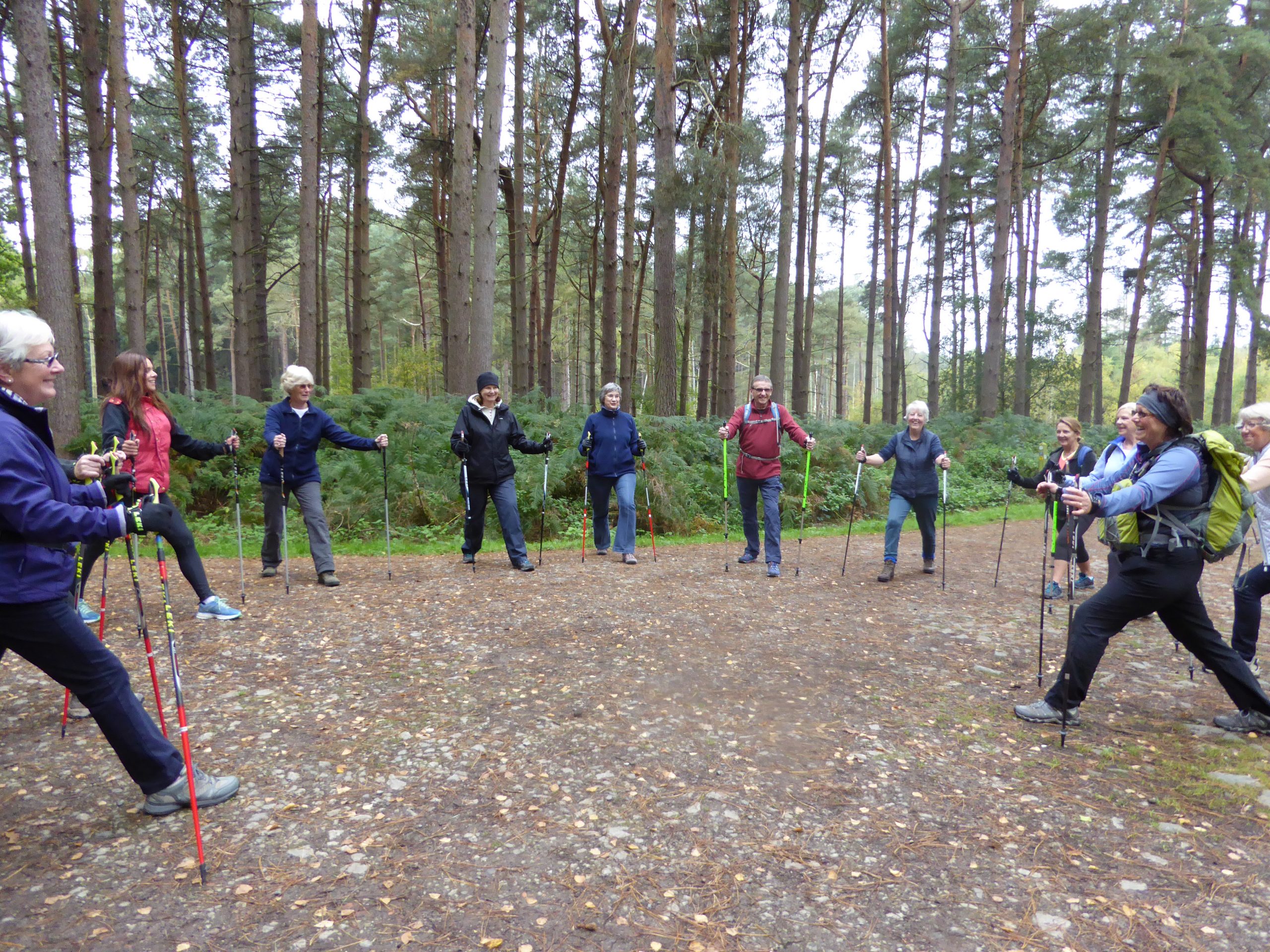Summary
The Active Forests Programme aims to create a sporting habit for life for visitors to the public forest estate in England. The programme will provide engaging, inspirational and motivating sport and exercise opportunities for new and existing forest visitors. The key aspects of the programme will be delivered through: 1) partnership and engagement, 2) communication, 3) monitoring and evaluation. Outputs can be found on the Reports and Publications page.
Research objectives
The evaluation research aims to identify:
- What types of sporting activities are undertaken and enjoyed in forests as part of the Active Forests Programme and by whom?
- How many of those participating are new to regular sport, new to sport and how many are in the 14-25 age range?
- Are there added or differing benefits or challenges of undertaking sporting activities in forest environments as opposed to more traditional sporting venues such as leisure centre, sports fields/tracks?
- Is there evidence of any sustained behaviour change and any perceived health and well-being benefits being realised from participating in the Active Forests programme?
- What lessons can Forestry England and Sport England learn from the Active Forests Programme in terms of the partnerships developed and the types of interventions most likely to attract participation in sporting activities in the forest environment?
Findings and Recommendations
Key results from the 3 year pilot programme
- There were a total of 700,097 sporting visits over the three year pilot, with a 246% increase in the number of visits in the third year versus the first (baseline) year of the programme. The AF sites showed an accelerating upward trend in the number of visits through time.
- Less active individuals (sporting activity once a month or less) made up 15% of the matched survey data. There was a highly significant increase in sporting activity between completing the participant survey and the follow on survey (p<0.001) in these individuals, with 49% of people moving to being active once a week or more than once a week
- The beauty, scenery, wildlife, sensory and seasonal experiences, sense of freedom, getting away from everyday life, and atmosphere of the forest sites were key drivers for participants and greatly enhanced the experience of being active in nature.
- The four key benefits identified by over 80% were:
- Physical wellbeing
- Fun and enjoyment
- Mental wellbeing
- A feeling of escape and freedom
Mental wellbeing came out strongly as a theme in the qualitative research.
- The top 5 most popular activities were cycling, running, orienteering, bat and racket sports and fitness . All of these activities showed large positive increases in the number of visits across the pilot. Visits in the final year were at least 150% greater than those in the first year, aside from cycling. The popularity of Gruffalo orienteering demonstrates the importance of working with national sports governing bodies to develop fun forest-based activity.
- Active Forests Coordinators played a key role in developing physical activity opportunities on their sites, increasing the numbers of people getting involved and gathering monitoring data. This is clearly shown by the use of Cannock Chase as a comparison site. Volunteers also played an important part in the programme

Our Involvement
The evaluation of the three year Active Forests Pilot Programme started in 2014 and finished in 2017. Phase II of the programme, to embed the approach and activities across 18 Forestry England sites, started in July 2017 and ran for five years. Monitoring and evaluation of the programme will continue and has been adapted based on lessons learnt from the pilot programme. Qualitative case studies of different Active Forests activities have been undertaken to include self-led activities, regular activities and events. The report from the three-year pilot, an academic paper and two-page summaries outlining the qualitative research are provided on the Reports and Publications page.
Funders and partners
The Active Forests Programme is funded by Forestry England and Sport England.
Foresty England is England’s largest land manager and custodian of the nation’s public forests
Sport England is developing insights into the outdoor sectors and working with a range of outdoor sector partners including Forestry England and the National Trust.



